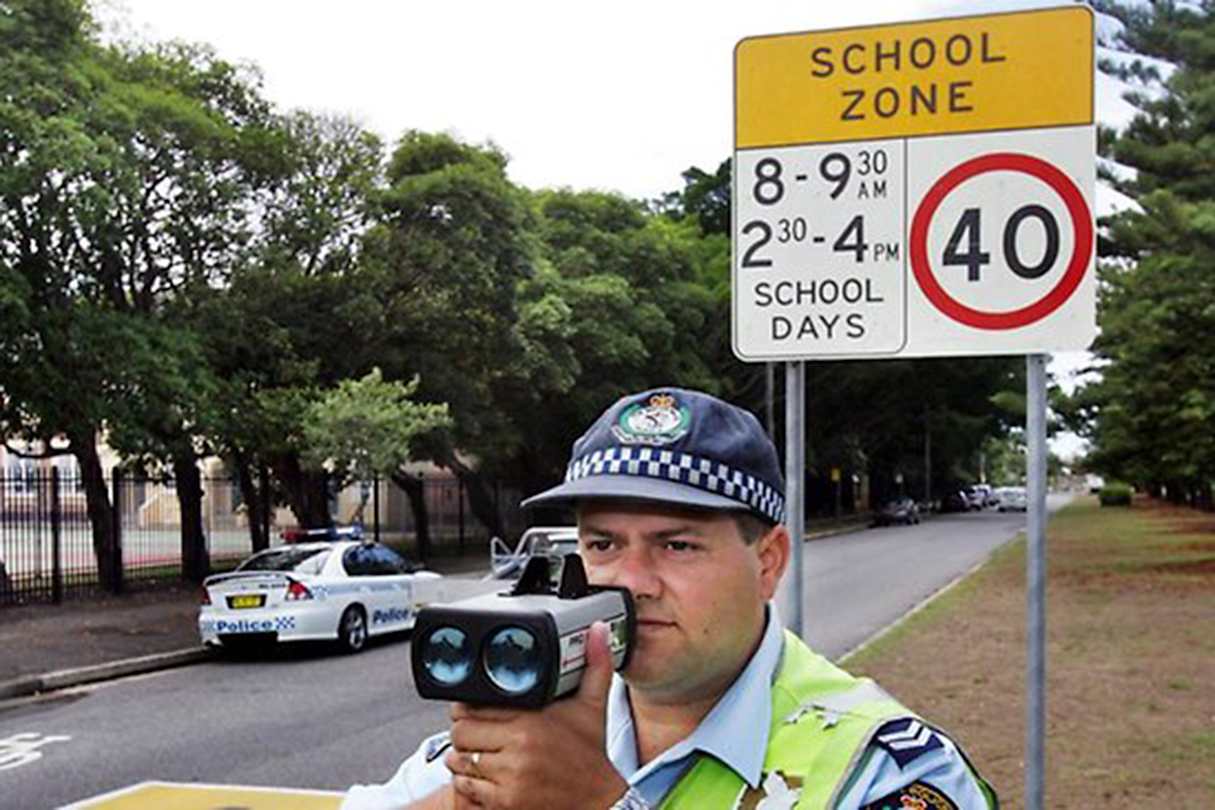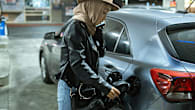Is it illegal to flash your headlights to warn of police?
It depends on the circumstances, the state or territory in which you are driving at the time and whether you’ve flashed your high beam headlights or just your headlights.
What does it mean if someone flashes their headlights at you? There are numerous reasons. They may be about to pass you, or they’re indicating to you to go before them, perhaps in a merging or turning scenario.
You may have forgotten to turn your headlights on and they’re simply letting you know, or it may be a situation in which the person is attempting to warn oncoming traffic of police ahead because there’s been an accident or a vehicle breakdown and emergency services are on the scene.
It’s helpful of them to alert the oncoming traffic in an attempt to slow those vehicles so the risk of another collision in the immediate aftermath of the original incident is minimised.
Then again, that individual may be flashing their headlights to warn oncoming traffic of the presence ahead of a mobile speed camera or roadside breath test, in which case if they’re spotted and pulled over by a police officer they may face a fine or penalty – depending on how bad a day/week/month/year the police officer in question has had up to that point.
Is it illegal to warn drivers of a speed trap? If the officer deems that by flashing their headlights the potential offenders temporarily impaired the vision of a driver or drivers, or otherwise caused them ocular-related discomfort, then a fine and/or penalty may be the result.
_0.jpg)
Do the rules differ from state to state in Australia?
This whole issue of ‘Is it illegal to flash your headlights to warn of police?’ is well and truly bogged down in somewhat of a legal grey area and whether you receive a fine, penalty or warning ultimately depends on the circumstances, boiling down to whether your intentions were honourable (you were actually warning oncoming drivers of an emergency situation ahead at which police were present) or not so honourable (you were actually warning oncoming drivers of a speed camera ahead of them) at the time you flashed your headlights.
However, consensus across this great law-abiding nation of ours is that it’s illegal to use your high beam headlights within 200m of an oncoming vehicle, or a vehicle travelling in the same direction as you, because that may dazzle or temporarily impair the vision of the other driver or drivers.
In fact, the Australian law firm Slater and Gordon cites section 218 of the Australian Road Rules (2006), which details that if you’re using high-beam headlights, you need to have at least a 200-metre buffer in front of your vehicle or any oncoming vehicle.
However, if the driver is overtaking a vehicle, the driver may briefly switch the headlights from low-beam to high-beam immediately before the driver begins to overtake the vehicle.

Further to that, section 219 of the Australian Road Rules (2006) also prohibits a driver from flashing their lights to dazzle other road users.
Across all states and territories, it is frowned upon to dazzle other road users with your high-beam headlights and, depending on the police officer who witnessed your alleged dazzling act, your actions may attract a warning/caution, a fine or penalty.
In the ACT if you’re found guilty of this dazzling offence, you may face a fine of up to $5500.
In the Northern Territory, it’s the same story (the fine, not the amount), however, road users are actually advised by authorities to flash their headlights when a road train has overtaken their vehicle to let the truck driver know it is safe for the big rig to move back in.
.jpg)
In New South Wales, Queensland, South Australia and Victoria, you may be fined or cop a demerit points penalty if you 'dazzle' another driver with high-beam headlights, but in all of those states drivers are permitted to flash headlights to indicate when they’re about to overtake another vehicle – as long as they don’t dazzle the other driver.
The same overarching law applies in Tasmania – the law states “The driver of a vehicle must not use the vehicle’s headlights on high-beam, or allow the vehicle’s headlights to be used on high-beam, if the driver is driving – (a) less than 200 metres behind a vehicle travelling in the same direction as the driver; or (b) less than 200 metres from an oncoming vehicle.”
The penalty at time of writing? A fine not exceeding five penalty units.
Note: This feature is not intended as legal advice. Make sure you check with the relevant roads authority in your state or territory for up-to-date details.






.jpg)
.jpg)

.jpg)
 copy.jpg)



.jpg)
.jpg)

.jpg)



.jpg)
.jpg)



.jpg)